Eating your placenta is something that most mammals do — it’s called placentophagy, and it can be done raw. Let’s talk about the pro’s and con’s of placental encapsulation. It is easy to think that everyone is doing something when you see it on social media or in talking to a Doula but let’s talk about what is REALLY happening, and what the evidence shows.
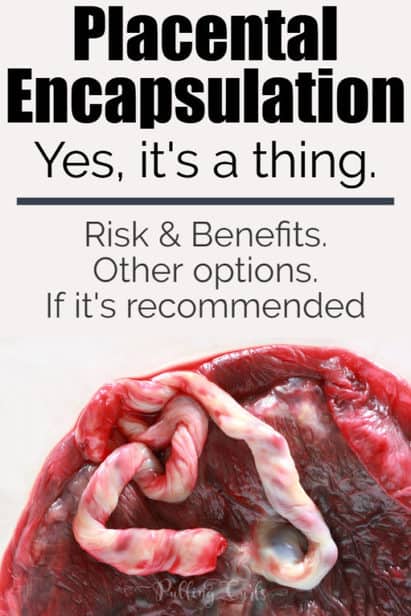
First off, why should you listen to me?
Hello! I’m Hilary — many people know me as The Pregnancy Nurse 👩⚕️. I have been a nurse since 1997 and I have 20 years of OB nursing experience, I am also the curly head behind this website Pulling Curls. I also had some severe postpartum anxiety, so if I can help you I’m hoping to!
Eating your placenta?
Let’s get this one out of the way. HOW can you eat your placenta?
There are a few ways. I have heard of smoothies, we even had a woman eat the placenta raw in the delivery room (true story), but most people use placental encapsulation.
The encapsulation process is most often done by a doula or a lay midwife (vs a nurse midwife). They dehydrate it (usually in a home food-dryer), crush it (in like a food processor) and encapsulates it for you to take home and take like a vitamin/supplement.
Pro Tip: If you’re in a spot where you’re considering placental encapsulation, be sure to also get a prenatal class in. Check out The Online Prenatal Class for Couples — the simple way to get prepared for your birth!
Placenta Encapsulation pros and cons
Ok, let’s get into the pros and cons of placental encapsulation (or however you decide to consume the placenta).
What are the benefits from ingesting your placenta?
The idea of it is that the placenta contains a lot of hormones. As you eat it — that builds your supply of those hormones, and in turn — that help your uterus shrink back down, it enhances milk supply and staves of postpartum depression.
I did just read a study, that in rats — ingesting the placenta helps increase their pain threshold (who thinks up these studies?). Although, no studies have correlated that to humans.
There haven’t been any scientific studies that prove that ingestion of the placenta (in any form) is helpful. In anecdotal research most (around 75%) people have eaten it claim to have:
- Improved mood
- Increased Energy
- Improved lactation
But, as I stated above — there are no scientific studies proving its efficacy and as long as people have been doing it, I think we would’ve seen one by now if it truly was effective. I’ve been seeing it in my practice for years.
There are some Chinese medicine remedies that use placenta in them (an area I am not familiar with).
Looking to get prepare for your birth? I have some easy options for you!
~~~~~~~~
– Worried you’re missing something? Grab my pregnancy planner so you don’t miss a thing!
– Thinking about an induction? Grab Inductions Made Easy to feel prepared in just 20 minutes!
– Wondering how to get that baby OUT? Grab Going Into Labor Made Easy so you know how to (and not to) do it!
– Postpartum got you anxious? Check out Postpartum Care Made Easy so you can stay SAFE even when all your attention is on that little on.
🚨 AND if ALL OF IT has got you on edge The Online Prenatal Class for Couples is perfect for you — You’ll feel so ready before you even know it!
~~~~~~~~
No matter WHERE you are at in your pregnancy journey, we have resources that can help!
What are the negative effects of ingesting your placenta?
Most recently the CDC came out saying that moms who are beta-strep positive should NOT be consuming their placenta. They also reiterated the lack of credible benefits, but there was a proven risk of the baby contracting beta-strep through the breastmilk if mom was ingesting the placenta.
I also saw an article written by a lactation consultant who said she saw an 50% decrease in milk supply from those who were eating their encapsulated placenta. The science in her article seems pretty sound.
Also, the placenta needs to be taken very soon after delivery. I’ve seen parents so concerned about taking care of it that they aren’t able to properly just relax and enjoy the day!
I thought this article from a woman who regretted eating it was pretty interesting.
Placentophagy argument: Mammals eat their placentas
Animals eat their placentas, right?
Well, they eat them while they’re still steaming in the grass. They also eat the grass and anything else that’s outside. They get vital nutrients to help their body compensate after delivery. They don’t ask the father dog to go get them a hamburger at Wendy’s.
Animals often eat it to hide the fact that they had a baby (and that baby is vulnerable to predators), which makes a lot of sense. Animal instincts are just different than ours, so I really think that this isn’t a great reason to do something.
I do have a hospital bag checklist that WILL help your birth prep be less stressful though:
So, my thoughts are these:
Postpartum depression is horrible, and I think that people grasp at straws to avoid it. If this is one of those straws and you feel desperate for help (keeping in mind, I think you should be under the care of a psychiatric physician as well). If this is one of the straws, then perhaps it’s worth a try.
I do mostly see placental encapsulation touted by those who do it. It is certainly not cheap. Most of the pricing I’ve seen is $200-500 dollars. Also, that encapsulation is done at home, usually with your basic food dehydrator. In general, these machines were meant to be cleaned but not sterilized. That means your placenta could be on the same surface as a beta-strep placenta was just on.
Beyond beta strep, your placenta is considered medical waste and can carry a LOT of differing bacteria. Those machines just get warm. Not hot enough to kill bacteria (or cooking it) Just the thought of that food dehydrator makes me feel a little sick.
If you’re doing it for milk supply increases there are a lot of other ways to give it a try. Talk with a certified lactation consultant for help. You can even see them prior to delivery for tips! I like this article from my friend Katie that has TONS of tips and articles on increasing your milk supply.
I also wonder that once you dehydrate something that fragile doesn’t it kill most of the hormones anyway? It seems like they’d be denatured long before you ingested them. Most medical studies find that ingesting hormones isn’t particularly efficient, which is why people need shots of progesterone, instead of a pill.
I guess my advice is to put that money in the child’s college fund. Or, start an IRA for them (or save it for groceries, that’s good too).
I have had friends do it, who said it helped. The only problem is, we have no idea if a placebo (like sugar pills) would have helped just as much. Especially if you paid hundreds of dollars for those sugar pills and REALLY wanted them to work.
My other advice is (and yes, I’m giving it again) that postpartum depression is real, and you should have a talk with your doctor before delivery if you are worried. See what they have to say.
Placental Encapsulation FAQ’s
How do I encapsulate my placenta?
If it is something you want to do, I would ask around in some mother’s groups. Many doulas do it, that’s who I have seen doing it most frequently. Just call them and get some quotes as to what the best price with the best service (and has a process for cleanliness).
What are the disadvantages of placenta encapsulation?
For me, it boils down to:
- Cost (and energy getting it done, picking it up — not all of this is financial)
- Lack of credible studies (there is also not a lot of evidence that after consumption and digestive processes there is actually much hormone left for your body to absorb).
When should you not encapsulate placenta?
The CDC recommends not doing it if you are GBS positives due to possible risks of infecting the baby. Please talk with your provider before considering doing it (GBS positive or not).
What are the negative effects of eating placenta?
I’ve had friends who didn’t tolerate the capsules well, some had heartburn or stomach upset. You can also pass any bacteria from the placenta on to yourself or your baby.
How much does it cost for placenta encapsulation?
Most places charge between $200-$500 to do it. Most often it is doulas or lay midwives who are doing it in the US.
Fun fact: This does have studies to show it’s effective and it starts at under $100.
Are placenta pills FDA approved?
No. As placental encapsulation is done with a part of the human’s tissues the ingredients really vary from person to person and it obviously can’t be FDA tested. Also, the FDA does not approve any supplements (including prenatal vitamins).
What should I ask of the person who is encapsulating it?
I would ask how they clean their materials between placentas. Most of the dehydrators are food-grade and would have a hard time being cleaned between hydration.
And, how they clean the thing that turns it into powder (some sort of grinder).
Can I make the hospital pay me for my placenta?
No. Most often the placentas are sent for incineration with other biological wastes. Ask your hospital if you have questions about what is done with yours.
What else can I do with my placenta?
Many cultures plant a tree or a bush over the top of the placenta, and as it breaks down it feeds that living thing, which I think is cool. However, you need to remember that placenta is medical waste so be aware of any restrictions where you live.
Will the hospital let me take my placenta?
While I have heard some hospitals give patients a hard time most should let you take it. You may need to fill out some paper work as it is medical waste and they need you to dispose/use it properly.
Keep in mind….
There’s nothing wrong with antidepressants before or after you deliver, these do have a proven effectiveness with studies. Share your worries with those who love you and your providers.
One last thought….
The placenta is an organ that keeps our babies alive while they are in our wombs. Each time I learn more about it I am amazed at the true feat of nature it is. I’m in awe of placentas. I am grateful that 3 blobs of tissue kept my kids alive for nine months. I’m grateful for them. Be sure to check out your placenta after giving birth!
The Online Prenatal Class for Couples has been proven to decrease maternal birth anxiety by 75%, it’s a proven strategy to help you feel better about birth and your postpartum life.
Not sure you’re quite ready for the full class, check out my free prenatal class. It’s a great first step on your road to birth preparation.

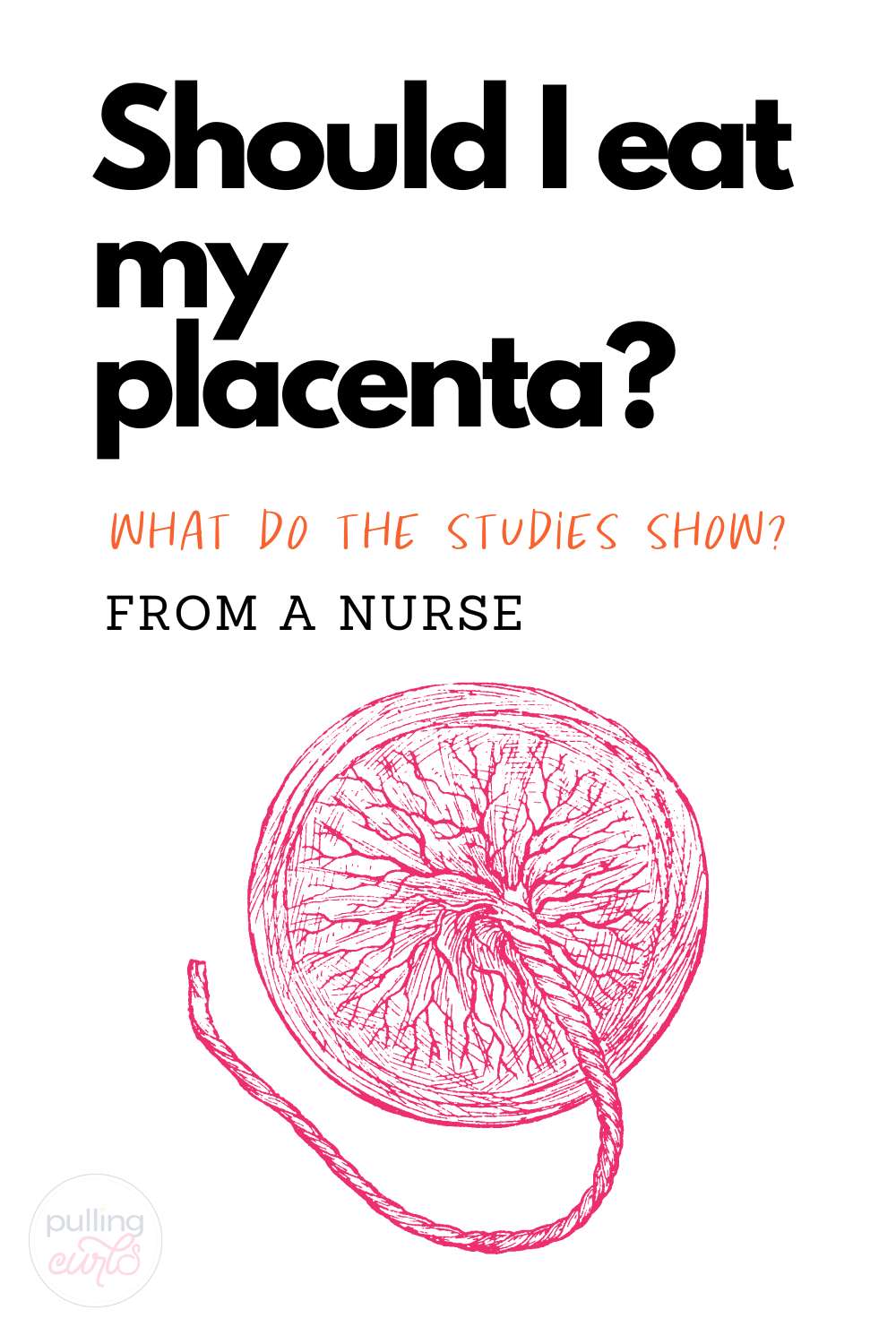

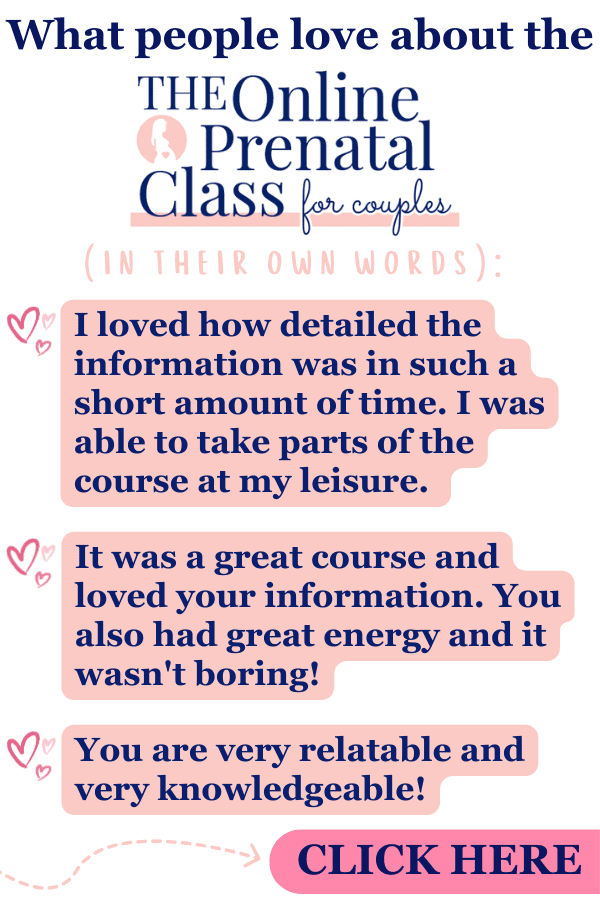
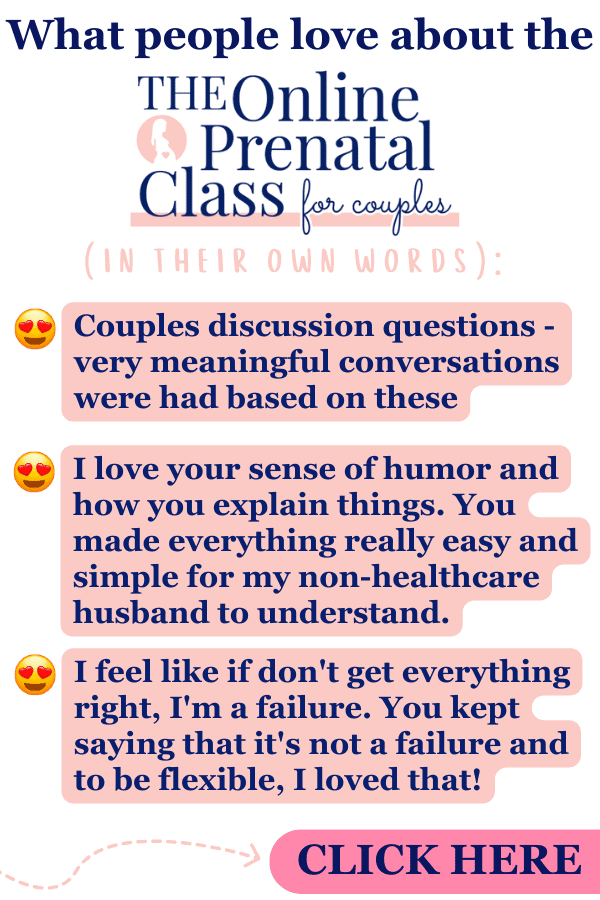
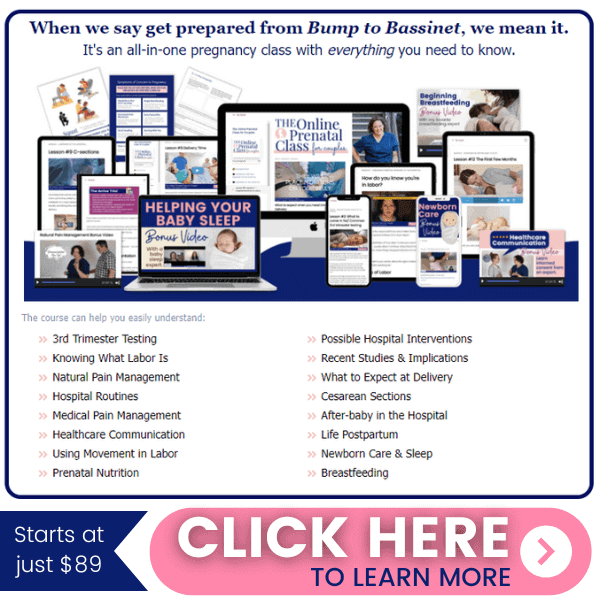



Jessica Jensen says
I don’t know how it helps post-partum, but… two pregnancies ago my home-birthing sister threw hers in the freezer with the intent to use chunks of it in smoothies, but it became freezer burnt before that. I know she was wanting to encapsulate her last pregnancy, but I don’t know if she did (her husband was dragging his feet on it, perhaps because of the cost) because she isn’t talking to me anymore due to the fact that she thinks I make fun of and look down on her unique choices, such as eating her placenta. Anywho, there seems to be a fairly large group of women in Utah that do this. If you’re seeing it in AZ also, then I guess it’s more than just a Mormon thing… 😉
Jacy says
Actually, I’ve been looking into this a bit and the process is a little different. What I have heard/read is that they usually cook it (like steam), dry it and powder it. I don’t think there’s freezing involved, though I’m sure some people do freeze dry them. I can completely understand the point about denaturing the proteins and the processing of it ruining the hormones. True that most medical hormone uses are IM, but I wonder how much it matters that those are synthetic?
I wish they would study stuff like this because it would certainly be helpful to know. Couldn’t they give some women placebos and actually do a double blind trial?
Personally I’ve considered doing it because when my hormones change drastically (both nonpregnant cycles and during pregnancy), I get terrible migraines. I think if taking some pills of hormones that may or may not be ‘still good’ can make me have even one less migraine day, it’s worth the price tag. (Especially since the only stuff that works for migraines is probably not so safe for pregnancy or breastfeeding).
Jacy
ICU RN, first time expectant mom
Hilary says
There are migraine pills you can take when you’re pregnant. Check with your doctor.
I wish there were studies, but it’s a LOt of money for someone who you’re not exactly sure how they’re doing it.
I say do it if you think it’s the right thing for you though!
Shannon says
She’s right. It’s not freeze dried 😛 Kind silly to have an opinion on something without the facts. It’s steamed, sometimes with herbs, and dehydrated or just straight up dehydrated. If you read the story behind one of the companies that trains people to provide that service you may understand why she went for it instead of medication. It’s not expensive everywhere. To each their own.
Hilary says
True words, to each their own.